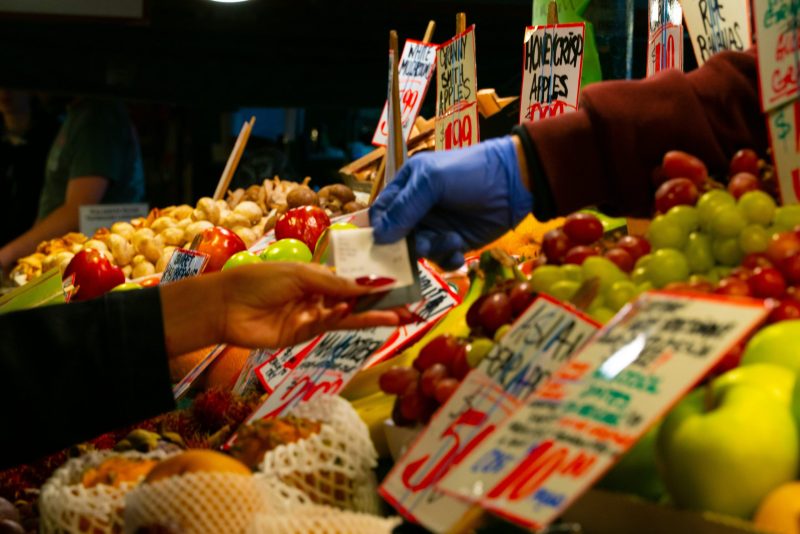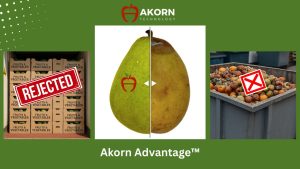In the UK, the Office for National Statistics (ONS) reported that food inflation reached 5.1% in August, marking its highest rate since early 2024. Meanwhile, in the US, the Bureau of Labor Statistics (BLS) indicated that grocery prices—measured by the “food at home” index—rose 0.6% between July and August, with overall food costs up 2.7% year-on-year. Fresh vegetables and meat registered the sharpest increases.
Global pressures
The upward trend is not confined to domestic markets. According to the Food and Agriculture Organization of the United Nations (FAO), its global food price index climbed 1.6% between June and July 2025, largely due to higher meat and vegetable oil prices. These pressures have cascaded through supply chains worldwide.
What’s driving the surge?
Higher input and energy costs: Rising expenses for raw materials, fuel, and transportation are continuing to push retail food prices upward.
Weather and supply chain disruptions: Poor growing conditions and logistical delays have limited the availability of fresh produce, particularly fruit and vegetables.
RELATED NEWS: Agricultural prices increased in first quarter of 2025
Commodity markets: Global demand and tighter supplies for key products such as oils and meat have added further pressure.
Outlook for 2025
Experts caution that relief may not come soon. With energy and logistics costs still elevated, and climate challenges expected to persist, grocery bills are likely to keep climbing in the coming months.
In the US, the US Department of Agriculture’s Economic Research Service (ERS) forecasts that food prices will rise around 2.9% over 2025. Prices for food consumed at home are expected to grow more modestly, while restaurant and takeaway meals are projected to see faster increases.




















